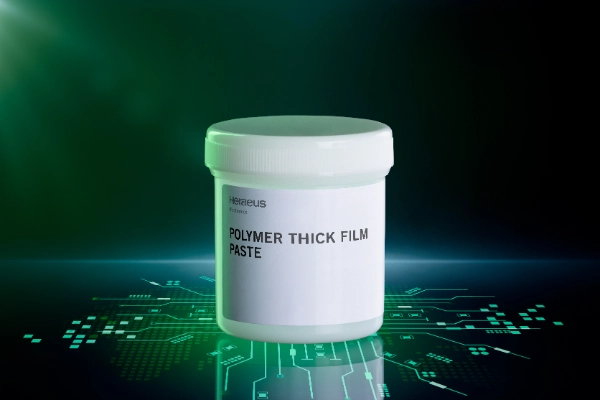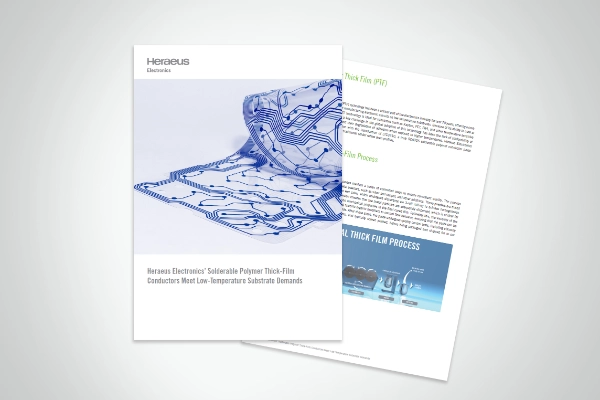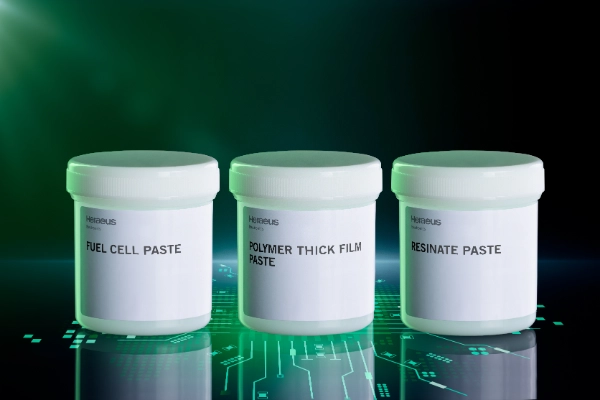Choosing between Flexo and Screen Printing: What's Right for Your Application?
When it comes to laying down conductive inks for printed electronics, not all printing methods are created equal. Two of the most common approaches—screen printing and flexographic (flexo) printing—each bring their own strengths, quirks, and personality traits to the table. Screen printing is the old reliable, the “muscle car” of the conductive ink world, while flexo is more like a sleek commuter car: reliable, efficient, but with a few limits on horsepower. Understanding how each works can help you choose the right process for your application—and maybe avoid a few messy test runs along the way.
Screen printing has been the workhorse of conductive ink deposition for decades, and for good reason. It can deposit thick, uniform layers of ink through a mesh screen, resulting in highly conductive traces with relatively low resistance. Need robust current-carrying lines or features that can survive some abuse? Screen printing is your friend. It’s also forgiving when it comes to ink rheology; many pastes and flake-based systems are specifically engineered for screen printing.
The downside? It’s not the fastest method, and if you’re aiming for mass production at scale, you may find yourself pushing the limits of what a screen can resolve. Think of it like using a small brush set: great precision for beautiful artwork, but you’d be ridiculous if you tried to paint your room with them.
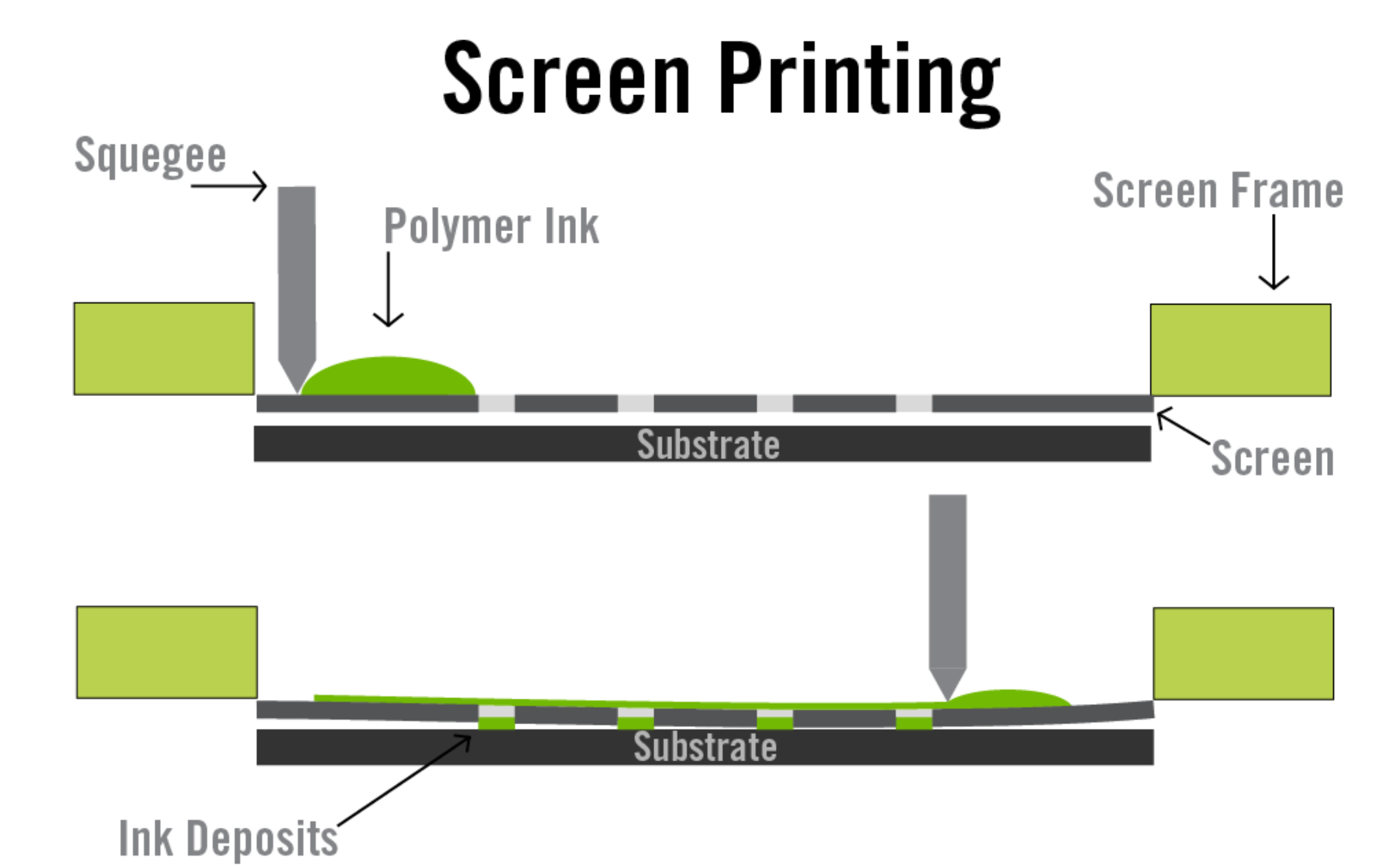
Flexographic printing, by contrast, is all about speed and scalability. It uses flexible relief plates and a rolling process to transfer thin layers of ink onto substrates, making it perfect for high-volume production runs like RFID tags, packaging electronics, or disposable sensors. Flexo shines when you need rapid throughput, and it integrates well with existing packaging lines.
However, the very thin ink layers it deposits can be a drawback for conductive applications, especially in larger formats. Conductivity depends on having enough material per unit area, and flexo-printed features often require multiple passes of specially formulated low-viscosity inks to achieve the same performance as a single screen-printed layer. It’s a bit like spreading peanut butter vs butter: screen printing (peanut butter) drops a thick layer on your bread, while flexo (normal butter) gives you more of a thin, even skim coat.
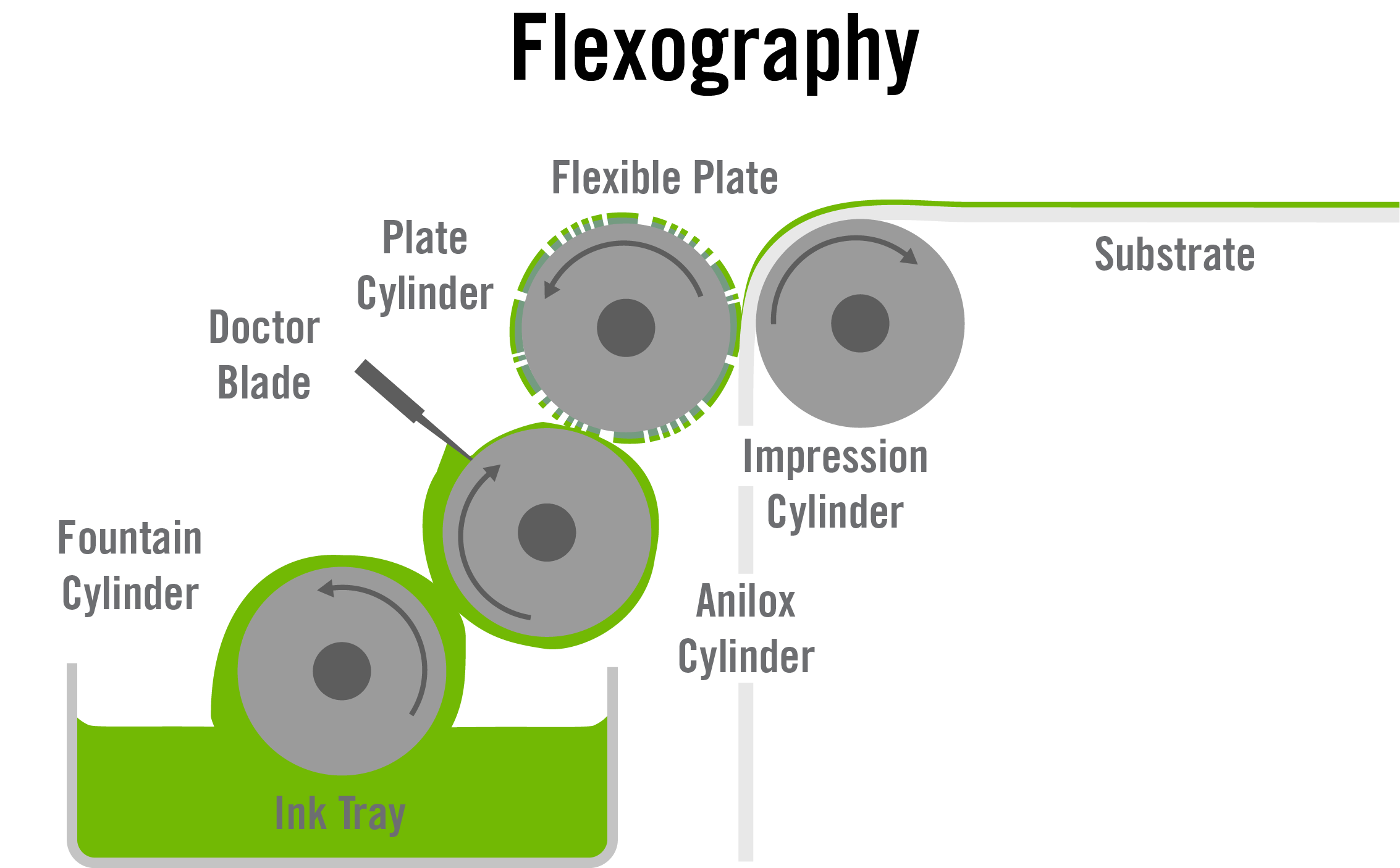
The choice between the two often comes down to priorities. If conductivity, durability, and fewer print passes are critical, screen printing usually wins. If speed, scalability, and integration with roll-to-roll manufacturing are more important, flexo makes a strong case (though there are a lot of options for roll-to-roll screen now a days). Many companies even use both methods depending on the end application, balancing the strengths of each.
At the end of the day, screen printing and flexo printing aren’t rivals so much as complementary tools in the printed electronics toolbox. One gives you muscle, the other gives you finesse. And just like choosing between a pickup truck or a sports car, the “right” option depends on what road you’re driving—and what kind of cargo (or conductive trace) you need to deliver.
About Ryan Banfield
With 25 years of industry experience in various capacities such as manufacturing, R&D, sales, business development, operations, and customer engagement, Ryan Banfield is a seasoned professional with a thorough understanding of the global market. Currently he is serving as the Global Product Manager for polymer thick film materials at Heraeus Electronics in Conshohocken, PA.
Ryan embarked on his remarkable journey at a young age, launching his first commercial product at the age of 16, based on an old patent for the first phone. His dedication and passion for understanding end use market trends have driven him to educate customers and share insights at various trade shows. Additionally, Ryan has established support and technical solutions centers, authored articles published in multiple languages globally, and contributed as a consultant for standards development. Notably, his valuable contributions led to the receipt of the Swormstedt award for one of his published articles.
Ryan is also a staunch advocate for the advancement of additive manufacturing and continues to leverage his expertise to drive innovation and excellence in the industry.

